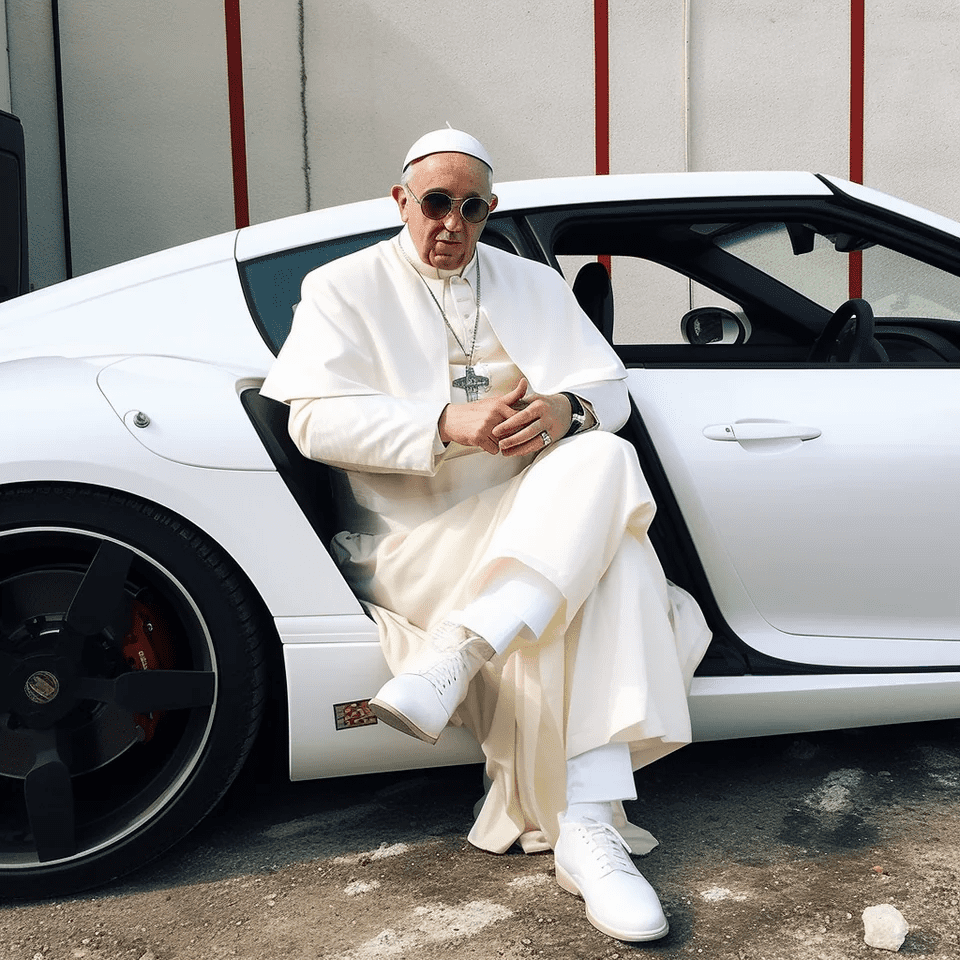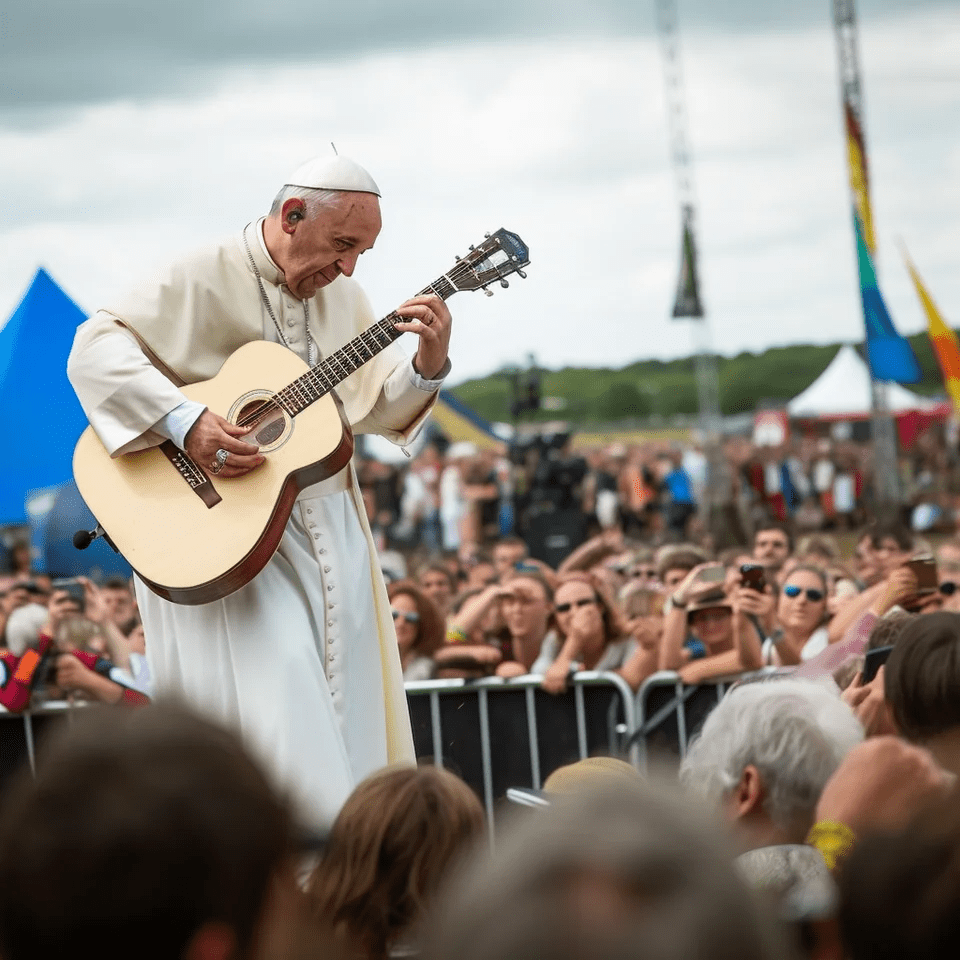The Pope was recently photographed in a white puffer jacket that made everyone realize the pontiff’s got some serious drip. The images were shared on social media (mostly Reddit and Twitter) and became viral over the weekend. There’s only one problem: the images aren’t real, they were produced by an algorithm. It will probably go down in history as the first case of mass confusion or misinformation caused by AI images.

If you’ve recently seen a realistic image of the Pope in a white puffer jacket, you should know it was created using Midjourney — an AI tool that can generate strikingly good images. It’s the same tool that was used to create the fake Trump arrested photos a few days ago, but most people figured out that those ones were fake, whereas the pope images apparently tricked a lot more people on social media.
It’s gonna be one interesting chapter in the history books, too. According to BuzzFeed, the person who made the images was “tripping on shrooms” when he came up with the idea. “I’m trying to figure out ways to make something funny because that’s what I usually try to do,” he told BuzzFeed News.
The images were initially posted on Reddit, and the creator was swiftly banned for unknown reasons, but the images had already taken off. They started mushrooming on different Reddit communities and shortly after reached Twitter as well, where they really exploded.
In some images (like the first one from this article) you can tell the images are fake relatively easily if you look carefully (especially at the hands, which are notoriously hard for AIs to get right). But most people don’t look carefully, and some images don’t show hands.
The confusion was further amplified as other users picked up on the trend and posted other versions of the pope in a puffy jacket, which can create the illusion of several different photographs capturing the same image. Some posts were clear about this being an AI image (and even shared the prompt they used), while others simply shared the images, sowing confusion.
Twitter did add a note on some posts sharing the images, noting that “This is a fake image created by the AI Midjourney and posted on Reddit” — but it was too little too late.
The images became viral. They had just the right mix of being relatable (people know the pope exists), surprising (the holy drip was indeed remarkable), and just maybe, maybe believable. Several influencers and popular pages shared the image without realizing it was fake.
Moden and TV personality Chrissy Teigen was also one of the people duped by the image. “I thought the pope’s puffer jacket was real and didn’t give it a second thought. No way am I surviving the future of technology,” Teigen tweeted.

Granted, this is a pretty low-stakes misinformation. Whether the pope actually wore a puffy jacket or not makes little difference in the grand scheme of things — the pope’s fashion is probably inconsequential. In fact, this is also what helped the images become viral as most people didn’t think about it twice.
But this also shows just how easy it is to fool people with real-looking images. Today, it’s a pope in a jacket; tomorrow, it could be a politician or some other personality wearing something more dubious or doing something more dubious. Hit the right combo, and before the image is fact-checked, it’s already traveled halfway around the world.

The technology is still new and it’s currently a sort of Wild-Wild west of AI content. Detection systems are also being worked on but whether they’ll be able to pick up on AI images automatically (and whether social media networks will implement automatic warnings) is unclear at this point.
At least for some time, it will become more and more difficult to tell apart real images from fake ones. Being vigilant online has never been more important and paying attention to what we share, see, and believe online should become a part of our information hygiene.







